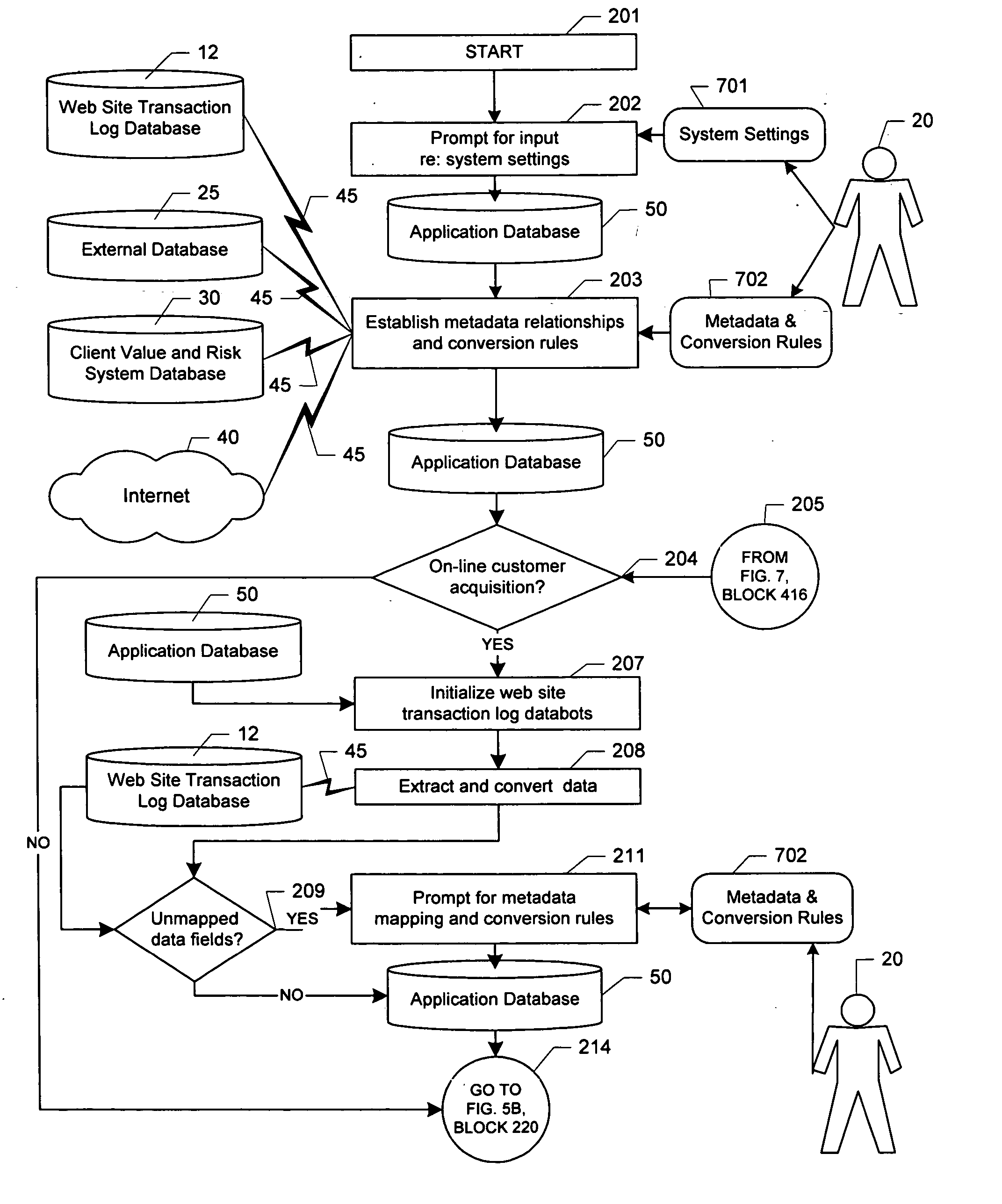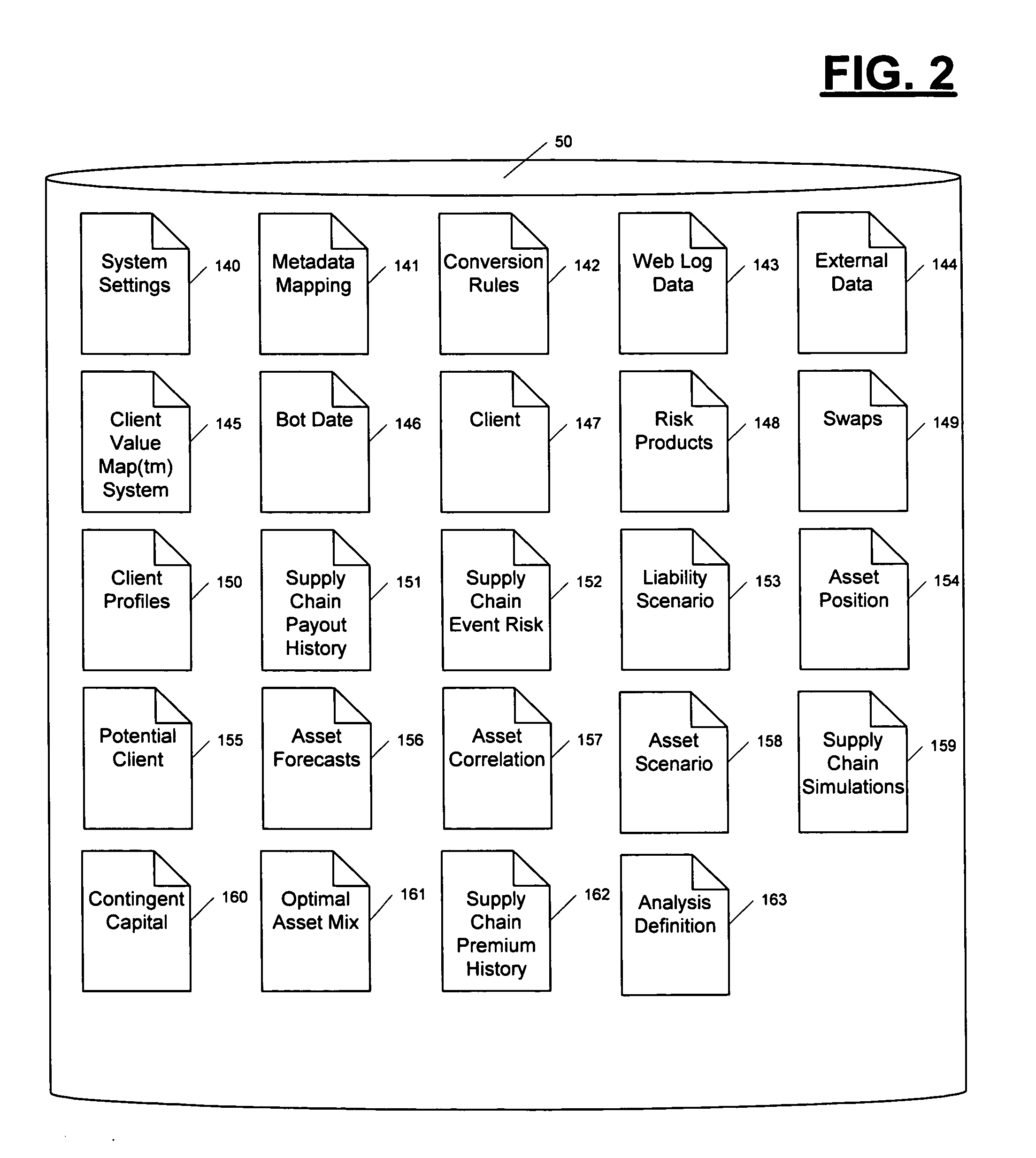Managing a business in a manner that creates long-term value is a complex and time-consuming undertaking.
This task is difficult because traditional financial systems do not provide sufficient information for managers in the
Knowledge Economy to make the proper decisions.
Many have noted that traditional accounting systems are driving modern managers to make the wrong decisions and the wrong investments.
Accounting systems are “wrong” for several reasons.
All three companies were showing large profits using current accounting systems while their businesses were deteriorating.
Unfortunately, even when they have been considered in risk analyses, the limitations in the existing methodology have severely restricted the utility of the information that has been produced.
All known prior efforts to value individual intangible assets have been restricted to independent valuations of different types of assets with only limited attempts to measure the actual
impact of the asset on the business that owns it.
The absence or regular reporting makes it difficult to monitor company efforts to correct the problems.
Almost two thirds of these “large losses” were caused by problems related to intangible assets.
These same limitations and deficiencies also extend to the all known efforts to analyze and / or simulate the
impact of changes in the business on financial performance and risk.
Put simply—using traditional methods it is impossible to analyze risk with no
prior information.
The lack of detailed information on intangible assets and their
impact on risk has prevented simulations using Dynamic Financial Analysis (DFA) and the Small Business Financial Manager from projecting the impact of changes in intangible assets on financial performance.
Given the growing importance of intangible assets to financial performance and risk, the utility of these traditional systems is consequently very limited.
In a similar manner, the lack of quantitative information on the impact of intangibles on financial performance has limited the usefulness of
simulation products such as Tango that incorporate generic information regarding intangibles.
Given the absence of reporting on many of the intangible assets driving the success of companies in the
Knowledge Economy, it should not be surprising to learn that traditional accounting systems are also deficient in reporting significant information relevant to the liability side of the balance sheet.
Traditional financial statements footnote or in some cases ignore large potential liabilities including: losses from litigation, environmental clean-up costs and shortfalls on leasing revenues.
Recent studies completed at Oxford University have confirmed that “off balance sheet risk” has a negative impact on market value for firms that have risks of the type described.
This negative impact of these risks on market value can be substantial.
In addition to facing risks from intangible asset impairment and unrecognized liabilities, companies face other risks that are more readily analyzed.
Another problem associated with developing risk programs for isolated assets is that they have generated severe losses for firms that did not fully understand the potential consequences of the “risk reduction programs” they implemented.
In some cases, when the risk factors moved in a direction opposite to the direction being hedged (i.e. interest rates dropped when they were expected to increase) the firm hedging its risk experienced a far greater loss than any loss ever envisioned under the worst
case analysis of their original
risk exposure.
Unfortunately, unexpected losses from risk management programs aren't the only shortcomings of traditional approaches to risk management.
Because traditional risk management systems are driven by a
statistical analysis of prior history, they are generally limited to dealing with events that vary within parameters that have already been experienced.
The problem with this is that the largest losses are generally caused by events that fall outside the bounds of normal experience (i.e. hundred-year floods and once-in-a-lifetime events).
Another barrier to developing cost-effective, comprehensive risk management programs is the relatively high cost of obtaining people that understand how to use the complex, traditional risk analysis systems.
This complexity and cost has generally limited the analysis and active management of risk to larger companies.
Smaller companies that do not have the resources to survive a large loss are left even more vulnerable by their inability to examine their risks in detail.
Unfortunately, developing an
automated method for developing comprehensive risk management programs is only half the battle.
Even when a comprehensive risk management program has been identified, the narrow coverage and complexity of some insurance coverage dissuades many from obtaining the coverage that could, in some cases, save their companies from financial ruin.
Other insurance products suffer from being too broad.
The overly broad policies cover risks that aren't particularly relevant to the company
purchasing the policy.
In addition to problems with proper product definition, the insurance market suffers from periodic swings between a “soft” market where prices are relatively low and “hard” markets where insurance is hard to come by at any price.
By way of contrast, derivatives, swaps, collars and other hedges are generally straightforward (with some notable exceptions), however they require constant attention as the contracts that define their use are generally limited to specific amounts of protection at specific times. As business needs evolve, the
efficacy of the coverage provided by the purchased spot contracts can change dramatically.
Another barrier to effective use of insurance and risk transfer products is the time required to analyze and purchase them.
In some cases the need arises and disappears before the traditional systems and labor intensive review systems can respond.
If it does, then the company may go out of business before it faces the next risk.
In either event, the large amount of time required to obtain these products leaves many companies exposed to risks that they could easily avoid if a more automated
system was available.
One of the underlying causes of all these problems is that many insurance and financial services are delivered in a manner that is similar to the U.S.
manufacturing sector twenty five years ago when obtaining the right product required an army of people to sift through a variety of quotes, place an order and then monitor the orders to make sure what was ordered actually arrived on time.
Summarizing the preceding discussion, the primary obstacles to implementing automated risk transfer solutions are: 1. piecemeal analysis of
client company financial status that limits the information available to financial service providers concerning the value, risks, opportunities and liquidity position of their clients; 2. the absence of systems for continuously analyzing value, risks, opportunities or liquidity positions of client companies; 3. the absence of financial service systems for
processing continuous streams of financial information from client companies (this is different from
processing orders from a company); and 4. the complexity, narrow coverage and high cost of traditional risk transfer products.
XML does not address any of the problems associated with creating or analyzing the substance of the information that needs to transmitted during inter-firm communication.
 Login to View More
Login to View More  Login to View More
Login to View More 


